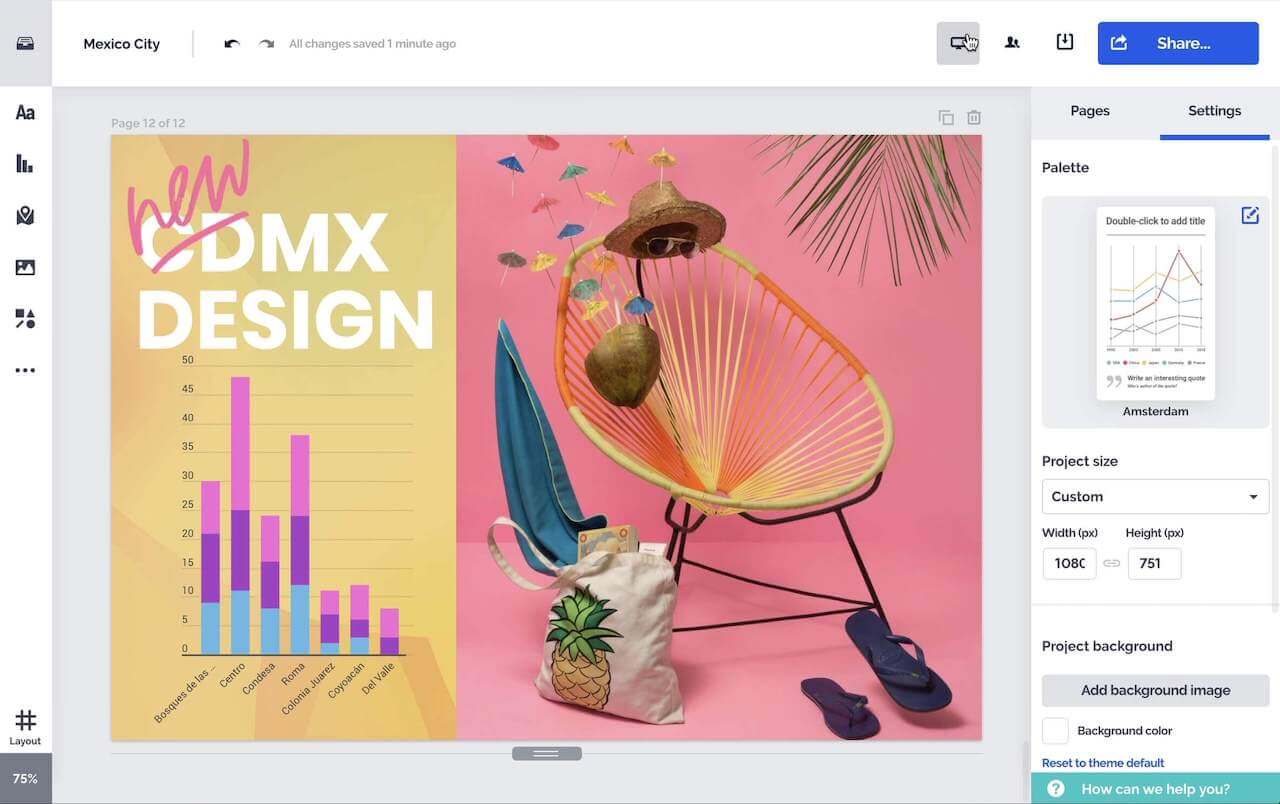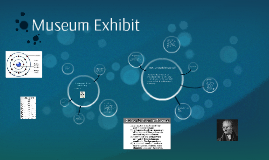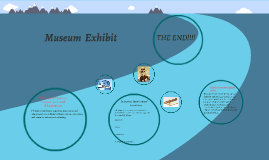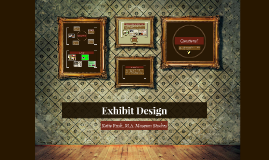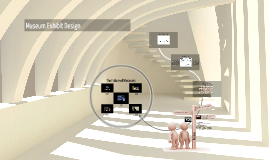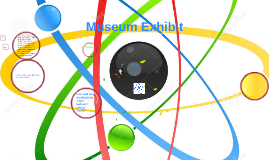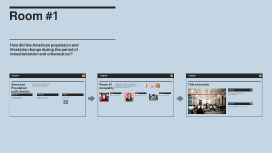Museum Exhibit Design
Transcript: Keep it Professional Indianapolis Museum of Art, Modern art display techniques Exhibits are great methods of communication, they "speak to the eyes" We can talk about important subjects in as a 3D, interactive journey You control how your objects will communicate your message. How do you want to do that? Questions? (Yes, I am Mrs. Cardenas' sister, so don't bother asking that one.) Examples Cabinet of Curiosities. The first "museum" Who is our audience? What are the 'Key Messages'?: What information do we want our visitors to remember when they leave? What is the purpose of our exhibit? How long will this exhibit take to make? Do we have enough time? This information would be put into an "exhibit brief" that helps the team understand the main ideas of the exhibit. Arizona Science Center, Interactive display techniques You are trying to help someone learn something new Not too many distracting colors, shapes, or interactives Can you read your text aloud without stumbling? Can someone else understand your writing? If not, rewrite! No handwritten labels! They are hard to read Don't be afraid to be creative. Relax and remember that you have the talent and ability to produce something amazing! Be Inspired. Inspiration is everywhere, just look around you! Try, try, and try again. Rearrange, change a font or a color, or shorten your text until you have a design you are proud of. Katie Rush, M.A. Museum Studies Display is an important part of human behavior that we practice in our daily lives. What types of things do you have "on display" in your house? The History of Museum Exhibit Design Presentation is Key Tempe History Museum A Few Words of Advice From a Fellow Designer Dublin Museum of Natural History. 18th century display techniques; classification Getting Technical Readable Font in the Right Size Serif and Sans Serif fonts Title = 50-72 point font Text panel = 18-30 point font Object labels = 14-24 point font Color High contrast colors work best Keep your text short and simple Design Requirements Exhibit Design Before you design, ask yourself: Why Good Design is Important Phoenix Art Museum Attire -- you'll be taken more seriously with professional outfits Speaking -- slow down a little. If it seems a bit slow to you, the speaker, it is probably just right for the listener Share your 'behind-the-scenes' stories -- People LOVE to hear about the work that happens to make the exhibit come to fruition, or an interesting story about something not mentioned in the text panels.





